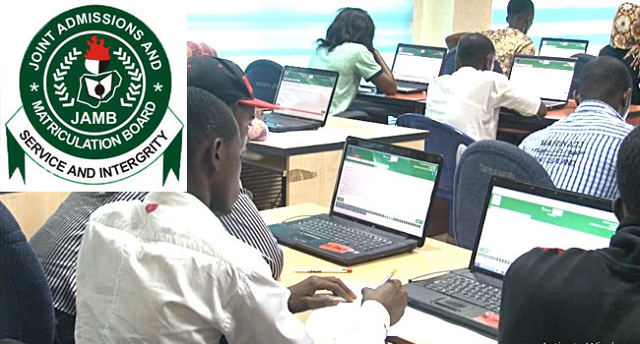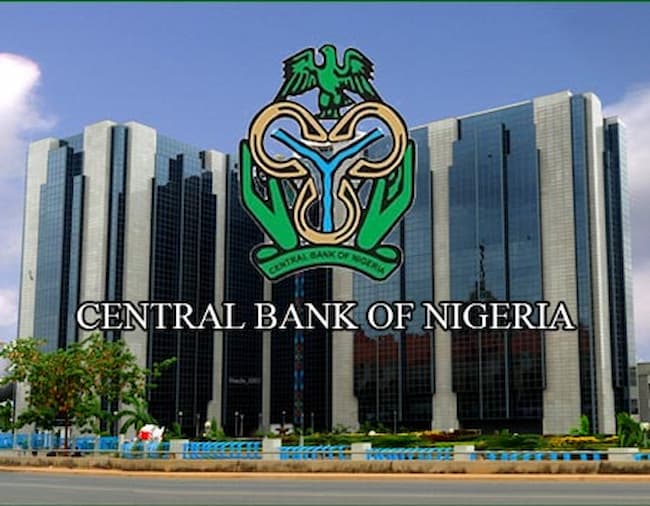According to analysts’ most recent assessment, the monetary authority’s aggressive interest rate adjustment will result in a total increase of 7.5% in the first half of 2024. The country’s inflation rate is rising steadily after a prolonged period of benchmark interest rate increases.
Nigeria’s inflation spike has been mostly caused by rising costs of goods and services rather than demand-side pressures. Because increased exchange rates haven’t worked to stop imports, a significant quantity of imported inflation has entered the market.
Under the former governor of the Central Bank of Nigeria, Godwin Emefiele, the central bank raised the money supply through a number of economic intervention programs, which are estimated to have consumed over N10 trillion. This move was made in an effort to boost the real sector.
Despite this humongous amount, Nigeria has remained growth-starved despite a sustained surge in population, keeping per capita income growth in check, research anakysts at LSintelligence Associates told MarketForces Africa in an email response.
The firm said high interest rate could be drag growth target for 2024 lower, saying Nigeria’s gross domestic growth (GDP) has been underpeforming expectations due to cracks in macroeconomic policies settings.
“We have achieved nothing impressive over the last eight years. The ongoing reforms have been fast and at the same time damaging for the citizens and companies alike.
“If you look at the companies earnings results, you will see the growth prospect has been curtailed with devaluatrion of the naira, subsdies remval – both have transfered wealth to government while private sector groans”.
Just recently, the CBN monetary policy committee pushed the benchmark interest rate higher by 4% at the end of its bimonthly meeting. Analysts noted that the monetary policy rate as of July 2023 was 18.75%, inflation fighting tendency of the apex bank has triggered 400 basis points increase to settle at 22.75% in Feb.
In its outlook, Cowry Asset Management Limited had accurately predicted that an excessively stringent stance by the CBN could precipitate a liquidity crunch as part of a broader strategy to curtail inflationary pressures.
The investment firm anticipates an upswing in inflation attributed to the removal of the Petroleum Motor Spirit (PMS) subsidy. Despite expectations for the MPC to pedal aggressively on the pace of interest rate hikes in H1-2024, Cowry Asset analysts said they think the committee is poised to attentively monitor potential inflexion points in inflation throughout the first six-month period.
“..We expect an interest rate hike of 750 basis points by H1:2024. While this proactive approach is geared towards addressing potential inflationary pressures, it’s crucial to remain mindful of potential drawbacks”.
Analysts said the rate hike has the potential to pose challenges for businesses seeking to borrow money or raise capital from the market, potentially slowing output growth and raising the unemployment rate. “We foresee banks benefiting from the high-interest rate environment. This is expected to result in improved net interest margins due to higher asset yields.
“However, this could be accompanied by an increase in credit impairments and an acceleration in nonperforming loan growth as banks tighten their risk management frameworks. As part of efforts to manage excess liquidity in the system and curb inflation, we anticipate a further tightening of liquidity in the financial system”.
The Monetary Policy Committee (MPC), in its first meeting under the new management of the Central Bank of Nigeria (CBN), and Yemi Cardoso, the new CBN Governor, took to a more aggressive tone in its rate hike, adopting the inflation-targeting framework by raising the MPR by 400 basis points to 22.75% from 18.75%.
The latest monetary tightening made it the ninth time the interest rate was adjusted since May 2022. Also, the committee noted that option to either hike or hold was premised on previous hikes which has shown a slow rate of inflation acceleration as well as the impact of various reforms within the past months.
This includes the CBN’s unification of the foreign exchange market; the adoption of the willing buyer; willing seller model within the foreign exchange market; the strengthening of surveillance and guidance in the banking system on the revaluation of foreign exchange gains.
Reforms also include the introduction of a two-way quote system in the fx market as part of efforts to encourage price discovery and clip the wings of speculators, among others.
The market as well as Cowry Research’s expectations had been for a material increase in the benchmark rate at above 20%, as a measure to curb inflation, despite recognizing that many inflationary pressures are beyond the scope of monetary policy.
Nevertheless, the committee’s choice to raise rates was influenced by ongoing global and domestic economic uncertainties, elevated general price levels, and the need to find a dove landing for economic growth.
In contrast to some advanced economies experiencing a downward trajectory in inflation, Nigeria’s headline inflation took a faster foot of athleticism to a 28-year high of 29.90% in January 2024 on the back of insecurity challenges, supply chain disruptions, removal of subsidy on PMS and the pass-through effect of naira devaluation.
This reflects a sustained build-up of inflationary momentum, with price increases observed in various divisions, including food and non-alcoholic beverages, housing, transportation, and others. The decision to implement an aggressive rate hike indicates the committee’s commitment to addressing inflation concerns amid the heightened outlook.
By this model of inflation targeting, the committee aims to demonstrate that the current policy is effectively curbing rising inflation, discouraging excessive aggregate demand in the face of declining output growth, and narrowing the negative real interest rate gap.
Furthermore, the decision was based on expectations of liquidity injections into the economy from recent policy developments and their potential impact on inflation. Consequently, all members agreed to adjust the asymmetric corridor around the MPR to +100/-700 from +100/-300 basis points while expanding the Cash Reserve Ratio (CRR) to 45.00% from 32.5% and maintaining the Liquidity Ratio at 30%, respectively.













